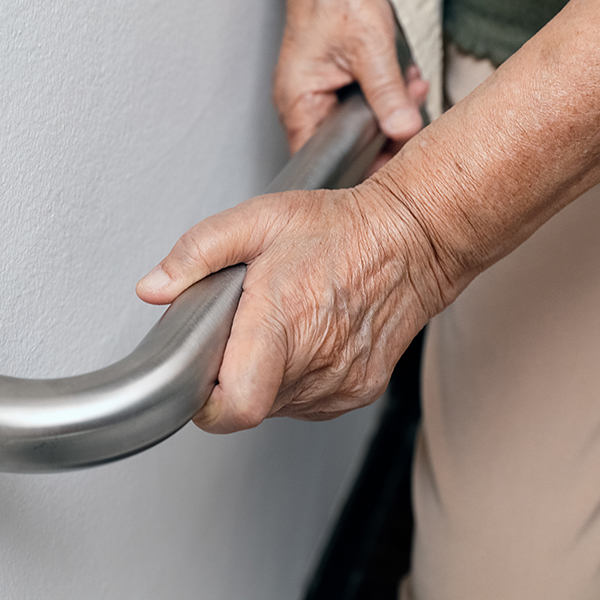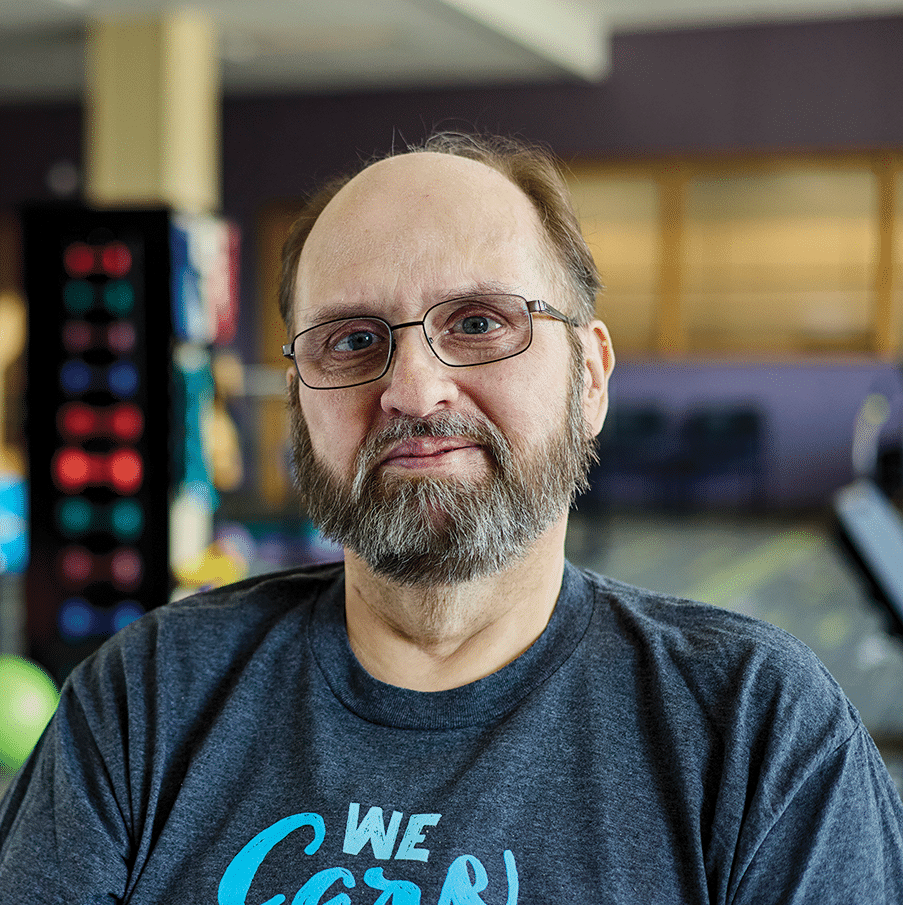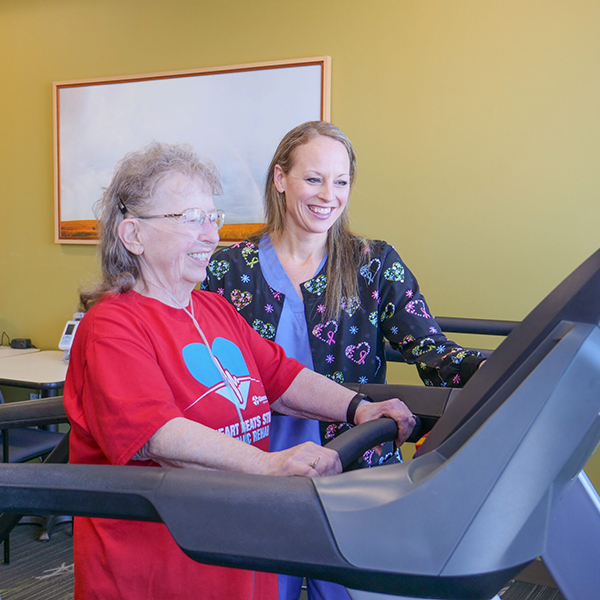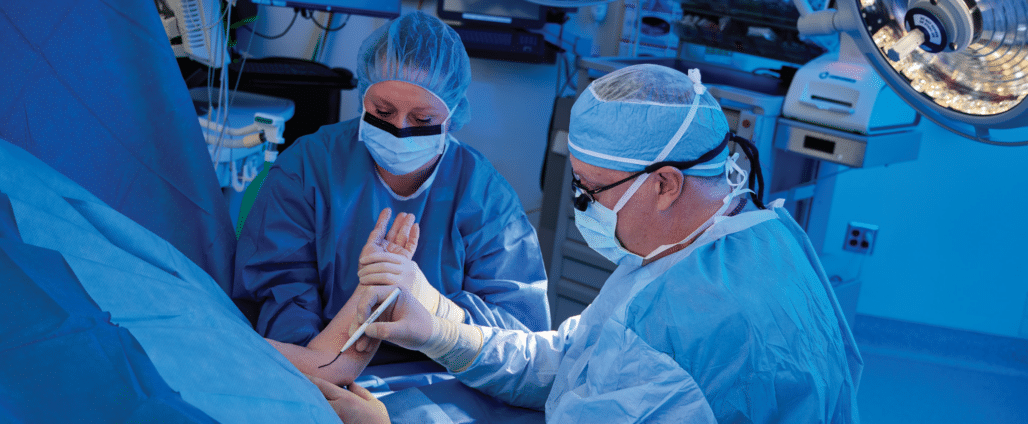Specific conditions that affect the elbow, wrist, and hand include:
- Carpal tunnel syndrome
- Cubital tunnel syndrome
- De Quervain’s tenosynovitis
- Dupuytren’s contracture
- Dislocation
- Fractures
- Ganglion cyst
- Golfer’s elbow
- Lateral epicondylitis
- Medial epicondylitis
- Tendonitis
- Tennis elbow
- Trigger finger
- Sprains
- Stroke
Who Can You See for Diagnosis and Treatment Advice?
At Glencoe Regional Health, providers in our family medicine, internal medicine, and orthopedics departments provide diagnosis and treatment for medical conditions affecting the elbow, wrist and hand, or will refer you to another provider as your condition requires. Your provider will recommend the appropriate treatments for your specific diagnosis, which could include occupational therapy, medications and surgical procedures.
Service Area
Our primary service area is McLeod County, Minnesota including: Biscay, Brownton, Glencoe, Hutchinson, Lester Prairie, Plato, Silver Lake, Stewart, and Winsted. We also service parts of Sibley County, including: Arlington, Gaylord, Green Isle, New Auburn, and Winthrop, as well as the western part of Carver County, including: Hamburg, Norwood, and Young America, and part of Renville County, including: Buffalo Lake.
How Can Occupational Therapy Help?
The goal of occupational therapy is to get you back to being as independent as possible with daily activities that are important to you. These activities might include work, leisure or sports, driving, dressing or feeding yourself. The goals for your therapy will be specific to your situation, but may include:
- Decreasing pain with certain positions and activities
- Improving movement and range of motion
- Restoring your ability to grasp and/or lift objects
What Can You Expect During Evaluation and Treatment?
At the first visit, your therapist will perform a thorough evaluation to assess how your nerves, muscles and bones function together and better understand how your condition affects your ability to perform daily tasks and activities. Next, your therapist will create an individualized treatment plan. Your therapist will discuss the treatment plan with you, including the number of treatment sessions and activities that will be included in future therapy sessions to reach your treatment goals.
Occupational therapists use a number of different approaches to treat problems with the elbow, wrist and hand:
- Manual therapy is the skilled use of the therapist’s hands to reduce tension in the muscles, decrease pain and improve movement at the joints.
- Neuromuscular re-education is used to improve muscle control and how your body moves.
- Therapeutic exercise involves stretching, strengthening and home exercise programs.
- Ergonomic positioning addresses posture and movement during work and school tasks.
- Electrical stimulation and ultrasound may be used to decrease pain.
- Custom splint fabrication may be required, based on your specific condition and recommendation by your doctor.












